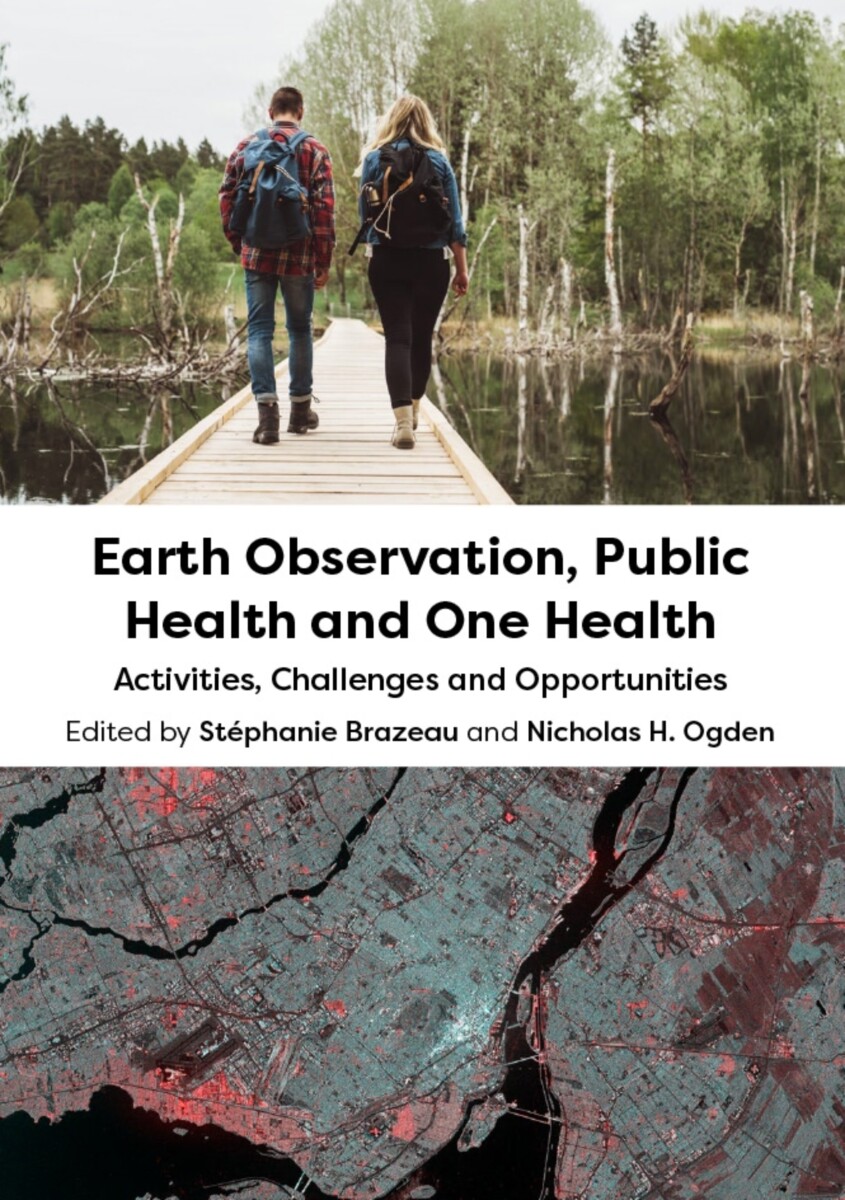Earth Observation, Public Health and One Health
Activities, Challenges and Opportunities
- Publisher
CABI - Published
5th May 2022 - ISBN 9781800621183
- Language English
- Pages 152 pp.
- Size 6" x 9"
This book reviews the contributions of Earth Observation (EO) to public health practices. It examines how EO is being used to understand, track, predict, and manage infectious and chronic diseases, and it provides discussion on the current challenges and the significant development potential of EO to a One Health approach. Its objective is to address a set of questions: How does EO currently assist public health activities? What are the challenges for operational use of EO in public health? What are the opportunities for EO to benefit public health in the near future? This review concentrates on the following priority themes to which EO and geomatics can make important contributions: mosquito-borne and tick-borne diseases; water-borne diseases; air quality and extreme heat effects; and geospatial indicators of vulnerable human populations. EO has also demonstrated potential during the COVID-19 pandemic as an efficient provider of data on rapid environmental and socio-economic changes and impacts. Remotely sensed data are particularly useful for risk modelling and mapping projects to help generate information on occurrence and spatio-temporal trends of disease risk. Similarly, EO can be used to identify risk factors for disease risk or emergence detected in surveillance, and support development of early warning systems. Risk maps enable public health professionals to anticipate and prepare for health threats, and they can support responses to infectious disease epidemics or existing endemic conditions.
This book emerged from the collaboration of the Public Health Agency of Canada and the Canadian Space Agency with contributions of international experts. Their findings will be of great value to public health and EO professionals interested in developing and applying geospatial applications in the risk assessment and management of public health issues.
Section 1: Introduction to Public Health and Earth Observation
Chapter 1: Public Health and Earth Observation
Chapter 2: Work Programme Organization and Management Approaches
Section 2: Earth Observation and Public Health Priority Application and Research Areas by Theme
Chapter 3: Mosquito-Borne Diseases
Chapter 4: Tick-Borne Diseases
Chapter 5: Air Quality and Heat-Related Health Issues
Chapter 6: Water-Borne Diseases- Earth Observation System for the Coastal Monitoring of Non-Cholera Vibrios
Chapter 7: Vulnerable Populations
Chapter 8: Earth Observation and Geospatial Data Utilization during the COVID-19 Pandemic: A Preliminary Appraisal
Chapter 9: Needs, Challenges, and Opportunities – A Review by Experts
Chapter 10: Conclusions and Opportunities
Stéphanie Brazeau
Stéphanie Brazeau currently works at the National Microbiology Laboratory, Public Health Agency of Canada. Stéphanie is the Head of the Public Health Geomatics Unit of the Public Health Risk Sciences Division. She works with medical geographers and epidemiologists. Their current project is ‘Environmental/Remote-sensed early warning indicators of MBD risk’ as well as characterization of vulnerable populations to vectorborne diseases.
Nicholas H. Ogden
No information


